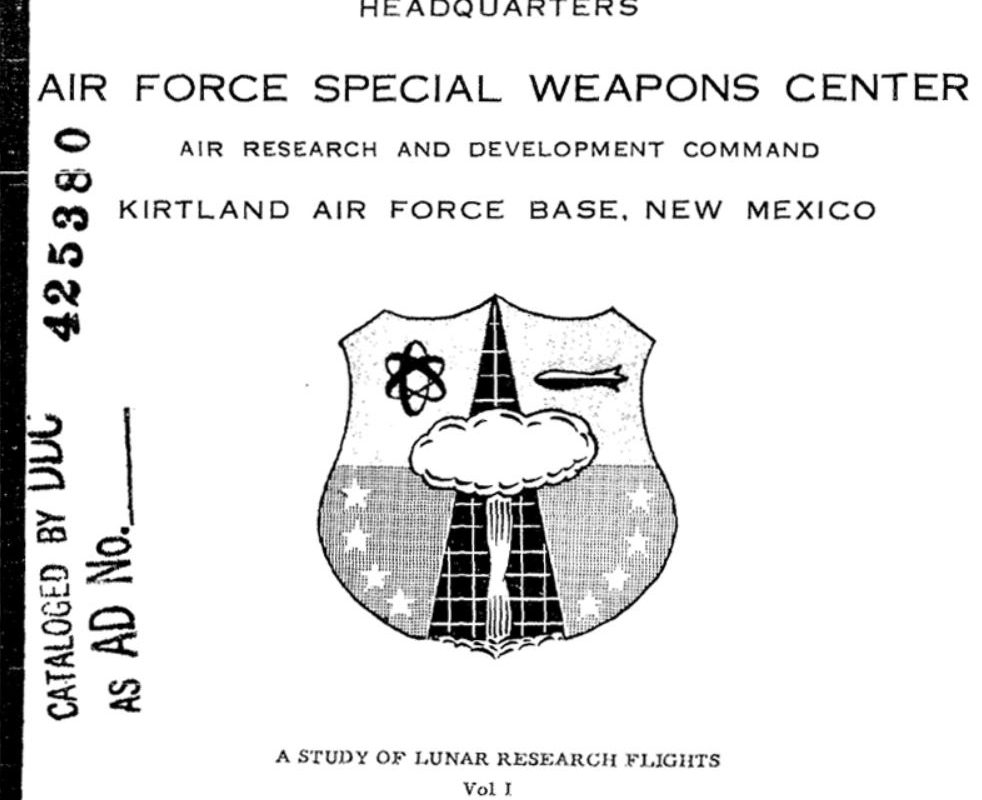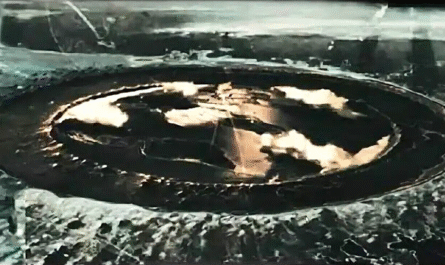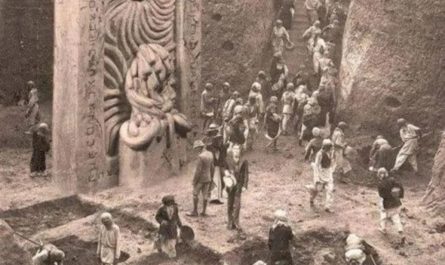Project A119 remains one of the most unusual and least-known Cold War projects. At the height of the U.S.–Soviet rivalry, American military leaders developed an extraordinary plan: to detonate a nuclear bomb on the Moon. By doing so, they hoped to prove technological dominance, intimidate the Soviet Union, and restore lost prestige after Sputnik. Although the plan never materialized, it demonstrates how far the superpowers were willing to go during the space race.
Origins of Project A119
In the late 1950s, the Soviet Union stunned the world with its rapid advances in space, especially the launch of Sputnik-1. As a result, the U.S. feared falling behind in both influence and science. To counter this, the Air Force instructed its Special Weapons Center to design something spectacular. Eventually, researchers drafted a report titled “A Study of Lunar Research Flights”, which later became known as Project A119.
The Idea Behind the Plan
At first glance, the concept seemed simple but radical. An intercontinental ballistic missile would deliver a nuclear warhead to the Moon’s visible side. If successful, the detonation would create a bright flash and a giant dust cloud, visible from Earth with the naked eye and through telescopes. Thus, the United States would demonstrate unmatched power to both allies and rivals.
However, the project was not just a military fantasy. Scientists carefully analyzed the physical impact, the visual effect, and the possible political consequences. They asked crucial questions: Would the explosion truly be visible from Earth? Could radiation contaminate the lunar surface? Might debris spread into space and create new hazards?
The People Involved
Among the scientists, one name stands out: Carl Sagan. At the time, he was a young researcher tasked with calculating how the explosion would look through Earth’s atmosphere and how far it could be seen. His later fame as an astronomer and science communicator adds a fascinating twist to the story. Alongside him, military specialists and academic researchers explored every technical possibility.
Why the Project Was Abandoned
Although Project A119 initially attracted serious attention, several obstacles soon emerged.
- First, the risk of radiation contamination on the Moon or in space raised strong concerns.
- Second, there was no certainty that the explosion would be dramatic enough to achieve its propaganda goals.
- Third, the international reaction could have been disastrous, as many countries would view the act as nuclear aggression.
- Finally, decision-makers realized that sending humans to the Moon would offer a far more powerful symbol of progress.
Consequently, the U.S. abandoned Project A119 and shifted resources to the Apollo program, which in 1969 achieved the historic first human landing on the Moon.
Discovery and Revelation
For decades, the plan remained hidden under strict secrecy. Only in 1999 did physicist Leonard Reiffel reveal the existence of Project A119, supported by declassified documents and interviews with Carl Sagan. The revelation shocked historians and the public, reminding the world how close humanity had come to transforming the Moon into a stage for nuclear theater.
Legacy and Lessons
Today, Project A119 is often cited as a warning about Cold War logic. It illustrates how political competition and psychological warfare could produce reckless and almost absurd ideas. At the same time, it highlights how superpowers valued symbolic victories nearly as much as genuine scientific breakthroughs. In retrospect, the cancellation of Project A119 and the decision to pursue Apollo stand as proof that humanity is capable of choosing inspiration over destruction.
⚠️ Disclaimer: This article presents a theory that has not been scientifically proven. There is no confirmed evidence that Earth undergoes sudden catastrophic pole shifts as described by Chan Thomas. The content is provided for informational and entertainment purposes only. Readers are encouraged to explore the topic further and form their own conclusions.



